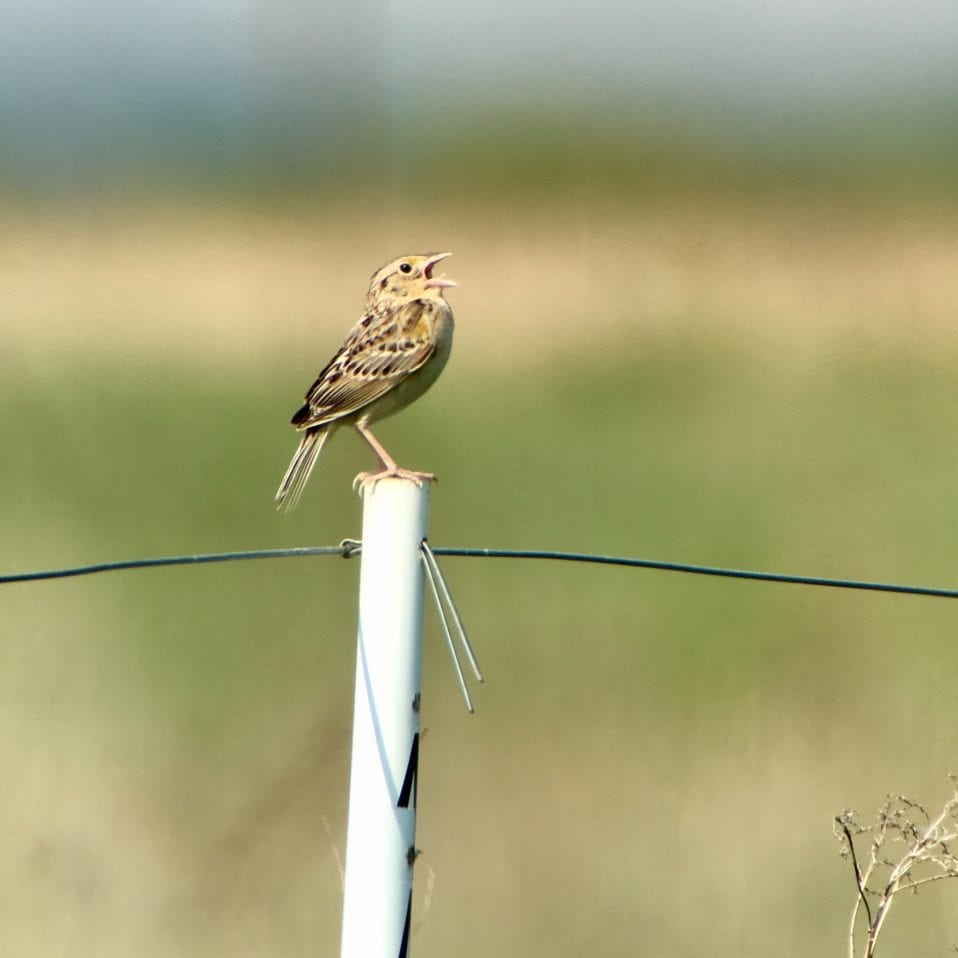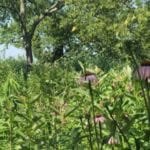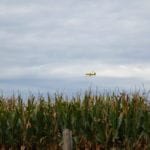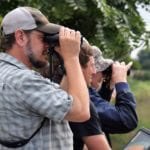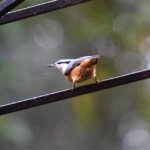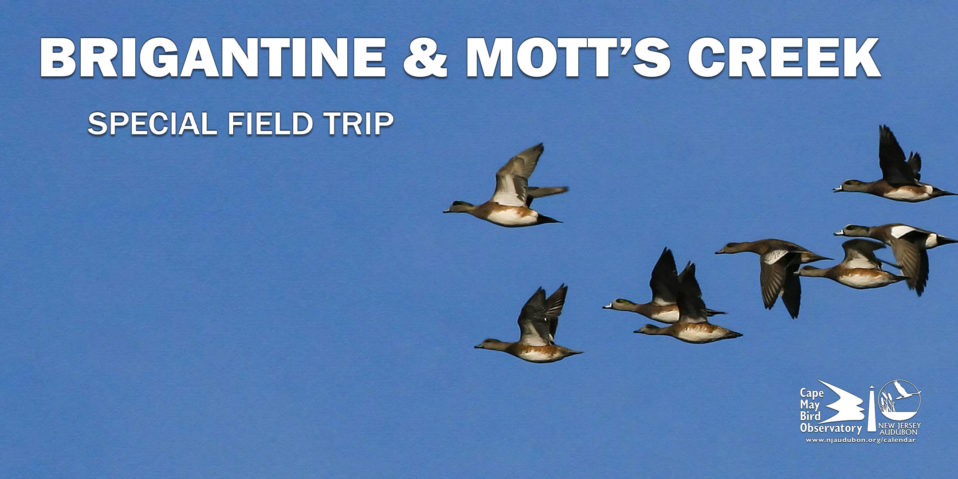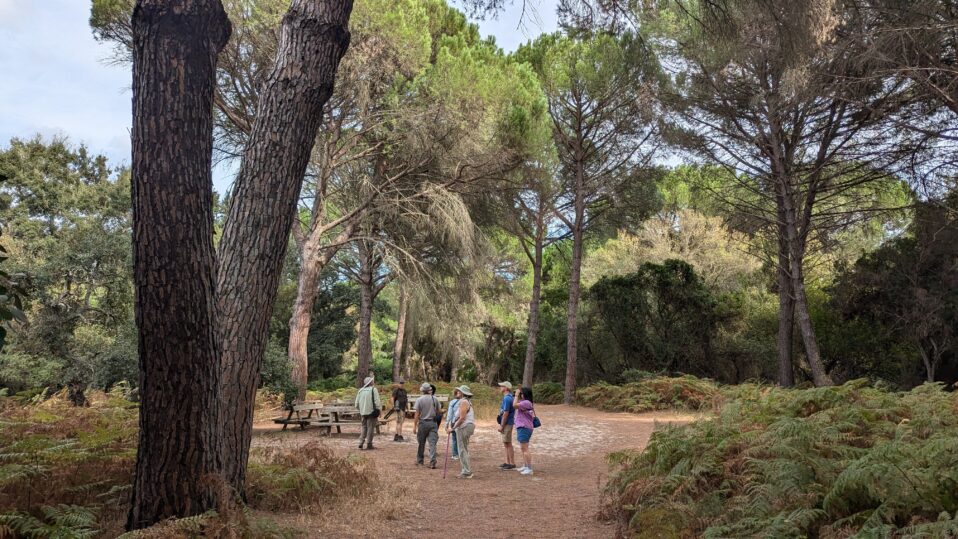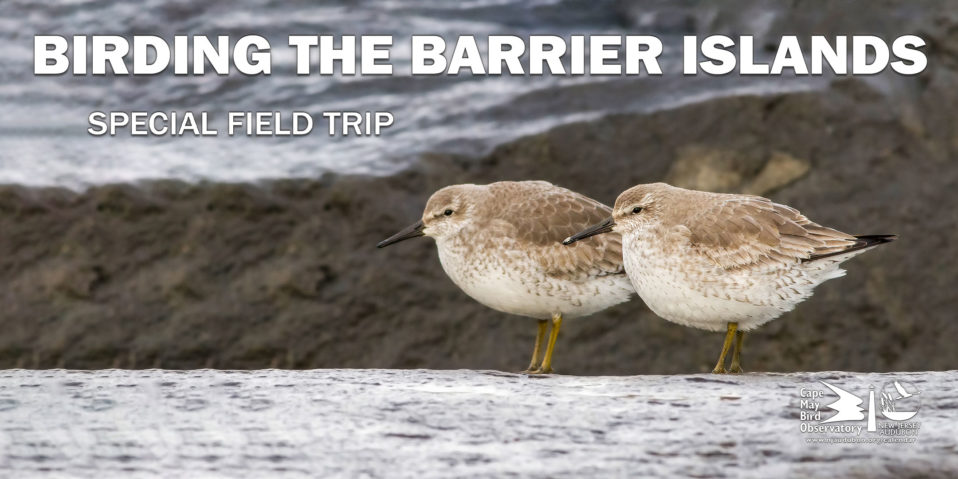Grasslands in the eastern United States rank as one of the country’s most endangered ecosystems. Populations of many grassland birds _thumb.jpg) in North America have declined significantly during the last 30 years. Although population trends of many groups of breeding birds vary across geographic regions, the declining trend for grassland birds is consistent across much of North America, including the Northeast.
in North America have declined significantly during the last 30 years. Although population trends of many groups of breeding birds vary across geographic regions, the declining trend for grassland birds is consistent across much of North America, including the Northeast.
Since remaining grasslands in NJ are almost entirely embedded within agricultural landscapes, they are also one of the only habitats in New Jersey, that face an almost immediate threat of disappearing from the State. This is primarily due to the fluctuating market demand for commodity crops thereby hay land and pasture are, in some years, converted to row crops (corn, soybean, etc.). As expected, wildlife dependent upon grassland habitat has declined dramatically. In New Jersey, this is readily evident from severe population declines experienced by _thumb.jpg) grassland birds who make up 25 percent of the state’s endangered bird species, 55 percent of its threatened birds, and 16 percent of its birds listed as special concern.
grassland birds who make up 25 percent of the state’s endangered bird species, 55 percent of its threatened birds, and 16 percent of its birds listed as special concern.
Pastures can serve as habitat for these birds and possibly stabilize or even increase their declining populations, while still meeting farm needs for profitability, forage quality, and overall productivity. To achieve all these goals, producers with livestock will need to modify some activities, learn how active pastures provide a surrogate habitat for long-gone native grasslands, and work birds into their overall pasture plans.
Several common pasture management practices that are incompatible with grassland bird conservation include:
-
Mowing or clipping pastures during the peak breeding season (early-May through early July).
-
Overgrazed pastures are similarly unfavorable for most grassland bird species by eliminating the taller grass structure these birds require.
-
Stocking rates, the number of animals, in the pasture must be closely managed to protect from overgrazing and to ensure that sufficient grass cover is available during the breeding period.
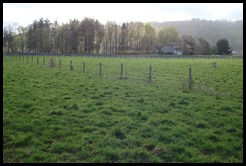 Pasture management goals can be compatible with grassland bird habitat goals, and, if planned carefully, can help improve soil health and water quality.
Pasture management goals can be compatible with grassland bird habitat goals, and, if planned carefully, can help improve soil health and water quality.
Several key aspects to grassland bird conservation in pastures includes the size of pasture, use of rotational grazing, the stocking density, and by maintaining a variety of perennial grasses along with minimizing woody vegetation.
NJ Audubon staff started grassland bird surveys last week in conjunction with a William Penn Foundation funded, sustainable grazing project that includes the Musconetcong Watershed Association and North Jersey RC&D and a private livestock producer (Cotton Cattle Company of Asbury, NJ). Many State Threatened species as well as State Species of Special Concern have been detected on the surveys, including Grasshopper Sparrow, _thumb.jpg) Savannah Sparrow, Eastern Meadowlark and Field Sparrow.
Savannah Sparrow, Eastern Meadowlark and Field Sparrow.
NJ Audubon is looking to engage more landowners and producers for enrollment into the various federal conservation cost share programs for conducting conservation practices on their land, including pasture management. For more information please contact NJA Stewardship Project Director, John Parke at [email protected] or your local USDA-NRCS Service center.
To support NJA Stewardship work on habitat restoration, species recovery and natural resource protection throughout NJ, including work associated with riparian restorations, you can donate to their team participating in the 2017 World Series of Birding at: http://worldseriesofbirding.org/teampage.asp?fundid=1067#.WN-8j9LDHIU
All photos by John Parke taken at 2017 pasture study sites
References
- KNOPF, F. L. 1994. Avian assemblages on altered grasslands. Studies in Avian Biology 15:247–257.
- PETERJOHN, B. G., AND J. R. SAUER. 1999. Population status of North American grassland birds from the North American Breeding Bird Survey, 1966–1996. Studies in Avian Biology 19:27–44.
- JAMES, F. C., D. A. WIEDENFIELD, AND C. E. MCCULLOCH. 1992. Trends in breeding populations of warblers: Declines in the southern highlands and increases in the lowlands. Pages 43–56 in Ecology and Conservation of Neotropical Migrant Landbirds (J. M. Hagan III and D.W. Johnston, Eds.). Smithsonian Institution Press,Washington, D.C.
- HERKERT, J. R. 1995. An analysis of Midwestern breeding bird population trends: 1966–1993. American Midland Naturalist 134:41–50.
- SAUER, J. R., J. E. HINES, G. GOUGH, I. THOMAS, AND B. J. PETERJOHN. 1997. The North American Breeding Bird Survey, version 96.1. [Online.] Pautuxent Wildlife Research Center, Laurel, Maryland. Available at http://www.mbr.nbs. gov/bbs/bbs.html.
- BOLLINGER, E. K., AND T. A. GAVIN. 1992. Eastern Bobolink populations: Ecology and conservation in an agricultural landscape. Pages 497–506 in Ecology and Conservation of Neotropical Migrant Landbirds (J. M. Hagan III and D.W. Johnston, Eds.). Smithsonian Institution Press,Washington, D.C.
- ASKINS, R. A. 1993. Population trends in grassland, shrubland, and forest birds in eastern North America. Current Ornithology 11:1–34.
- http://www.state.nj.us/dep/fgw/tandespp.htm
- Ochterski, J., 2005, Enhancing Pastures for Grassland Bird Habitat, Cornell Cooperative extension of Schuyler County, NJ




